How to Increase Your Post-Purchase Engagement?
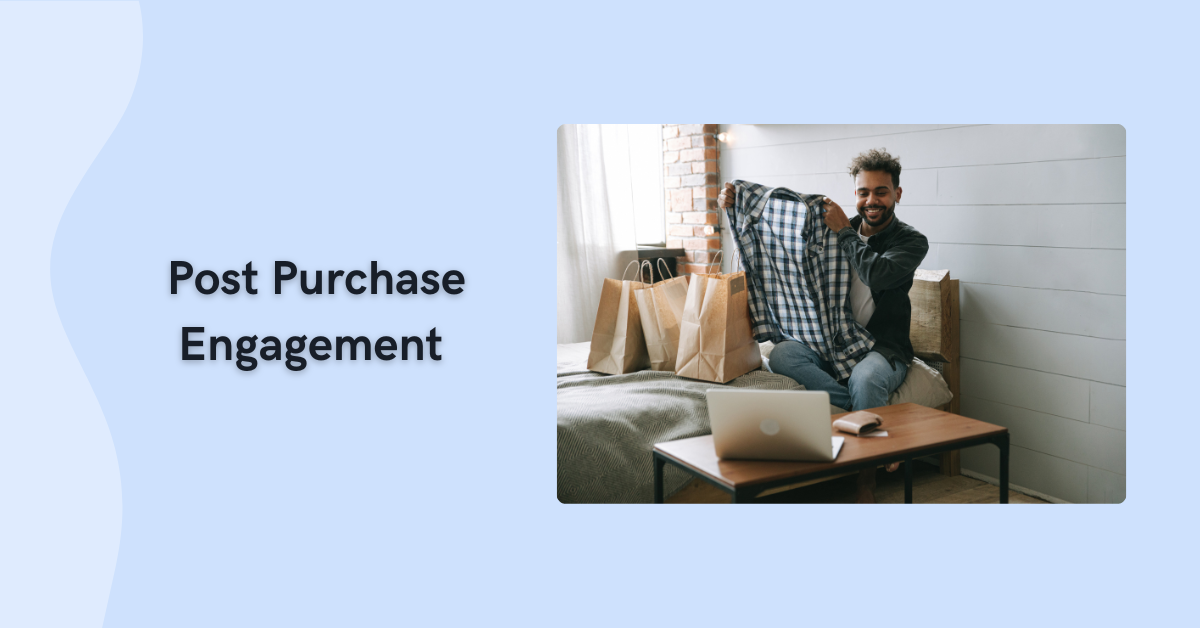
As an ecommerce brand, the best way to improve your post-purchase engagement is to build a system that guides your customers from checkout to repeat purchase… and eventually make them loyal customers.
You need to work on managing transactional updates, helping them use what they bought, and building a loyalty loop that keeps them coming back. And we’ll help you with that.
In this article, we’ll explain what post-purchase engagement is in detail, how important it is in shaping your customer experience, and the metrics you have to measure. Plus, we’ll discuss the four simple phases you can focus on to turn one sale into a long-term relationship.
What is Post-Purchase Engagement? Measuring Post-Purchase Success
Post-purchase engagement is the process of staying connected with your customers even after they check out. It’s one of the most effective ways to build loyalty and increase your customer lifetime value.
Radial mentioned that 79% of online shoppers said they’d think twice about ordering again if the post-purchase experience was bad. Your customers remember what happens after the sale, so giving clear updates, fast support, and even a quick thank-you can improve their satisfaction.
Sadly, many brands stop after sending the shipping confirmation. Some customers don’t get a clear delivery timeline and are left to monitor their package on their own. What makes it worse is not knowing who to contact for any updates or issues.
How Customer Behavior Changes After the First Buy
After your customer checks out an order, there's a chance that they'll start questioning their purchase decision. "Was it the right choice?" "Will it arrive on time?" "Did I spend too much?" You need to act on this to avoid regret on their side and avoid refund or return requests.
The good news is that there are simple ways to do that. You can offer post-purchase emails about shipping timelines, or set up tips... or a support contact that they can dial (or reach out to) easily.
Take HexClad as a wonderful example.
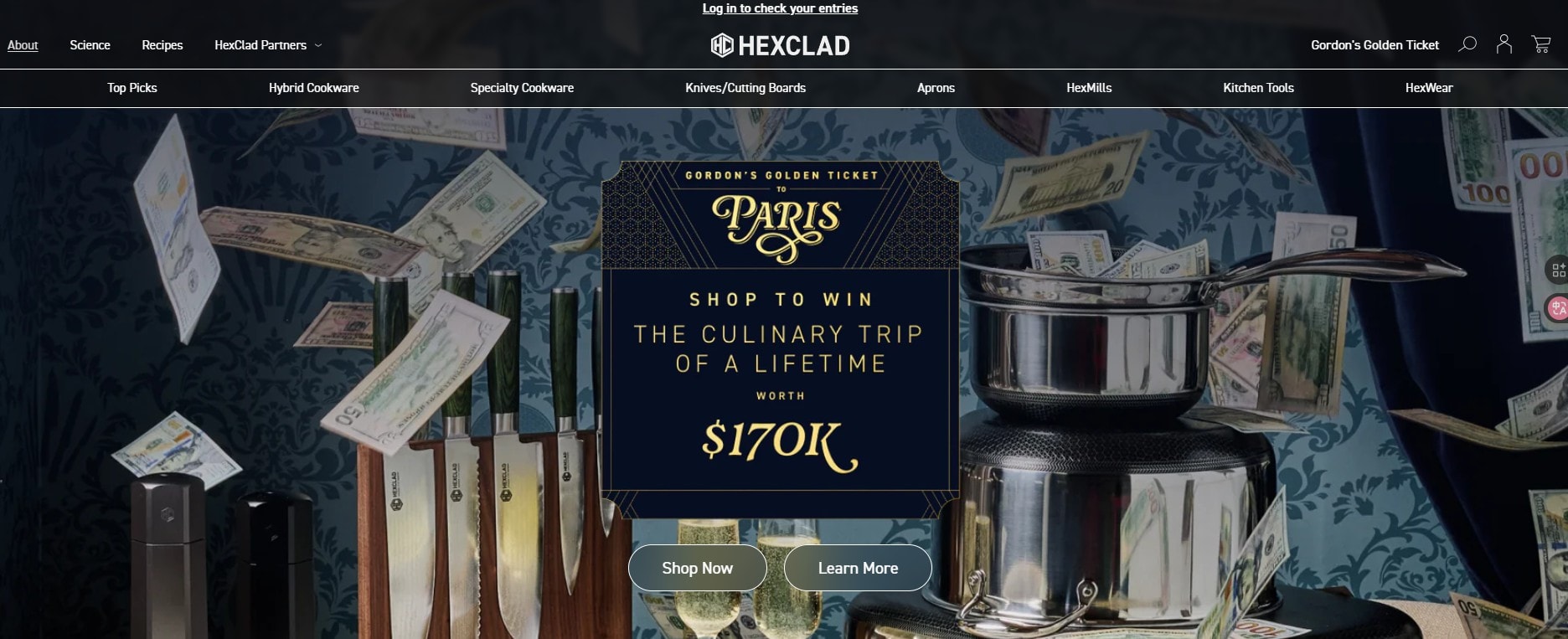
They send welcome emails with product care tips, answers to common questions, and simple cooking guides. Plus, they use customer feedback to create helpful tutorials and improve future messages... and every purchase is backed with a lifetime warranty. No wonder Gordon Ramsay became a fan of the brand.
Read more to find out customers’ post-purchase behavior.
Key Metrics for Post-Purchase Engagement
So, how do you know if your post-purchase engagement needs some... fixing? You can use the following metrics for that:
- Customer retention rate: Helps you track how many existing customers stay and keep buying from you. If you get a high retention rate, then that means your current post-purchase effort is working.
- Repeat purchase rate: This measures how often first-time buyers place another order (in a specific period). A low repeat purchase rate can mean that you need to work on a follow-up strategy, like sending replenishment reminders.
- CSAT (Customer Satisfaction Score): Let's you see how your customers evaluate your post-purchase communication. Was it clear, timely, and helpful?
- CLTV (Customer Lifetime Value): Tells you how much your average customer spends over their full buying journey. It reflects how strong your customer relationships are and measures how profitable a single customer is.
These metrics are really important, so you need to track them all. You can start with two metrics first if you're new to post-purchase analytics. Pick the ones where you already have some data or really want to see a change.
Phase 1: Immediate Transactional Engagement
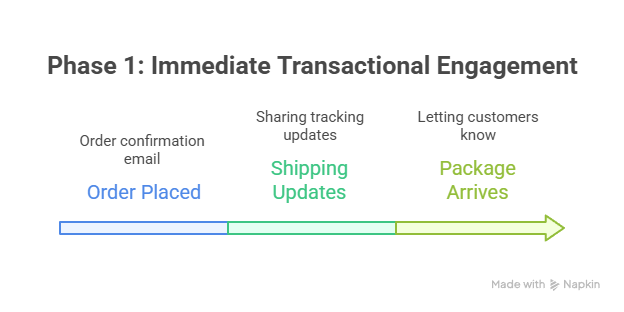
#1: Setting Up Your Post-Purchase Communication Flow
The post-purchase communication starts when your customer places an order from your store, and it continues after delivery. Here are the “key moments” that transactional engagement covers:
- Sending order confirmation email
- Sharing shipping updates
- Updating your customer when their package arrives
Of course, you can add extras and also follow up with a review request or a quick reminder to restock.
Automated messages are the best way to handle this because you can reach every customer at the right time, with less repetitive effort on your part. But you have to make your messaging consistent and sound like your brand (using your voice and personalized enough for your customers).
You can start on the right foot if you do a great job on this part. This process will directly affect customer expectation, experience, and engagement during the post-purchase period.
#2 Optimizing the Shipping Confirmation Email Experience
Your customers want these three questions answered in your shipping confirmation email: "When will my order arrive?” “Where can I track it?" and "Who can I reach out to if I have any questions?" It’s a must to make them visible.
Plus, your subject lines should be clear, concise, and direct. For example, “Your order is on the way” or “We just shipped your cold brew kit” is way better than “Urgent: Hi [Customer Name], Check this out.” It confirms what the customer expects to see.
One of our clients received so many "where is my order" messages after one of their “big sales.” It was because their tracking link was at the end of the email, and they left out the actual delivery date. Plus, they didn't add any details about customer support.
But after they reorganized and added what was missing, their WISMO tickets went down 60% in about six weeks.
This email also works for cross-sell suggestions because customers are waiting for their order and will definitely open it. Add a related product near the bottom with "Pairs well: [product] - 10% off" and link to the product page.
#3 Using the Power of Delivery Confirmation Email
The delivery confirmation email is your last automated touchpoint with the customer. You already told them the order shipped, so now you're "closing the loop" and confirming they actually received what they paid for.
But you can use this email to be a start of a new conversation with your customer, and make it useful for you too.
For example, you can ask a quick question about their delivery experience. Something like: "Did your order arrive on time?" or "Was the delivery experience good?" You have to keep it short and easy. A thumbs-up/down button or a simple yes/no option works here.
You can use their responses to optimize your shipping and processing. If most of your customers in Florida keep receiving their packages late, you might change your shipping carrier in that area.
Phase 2: Customer Onboarding and Proving Your Value
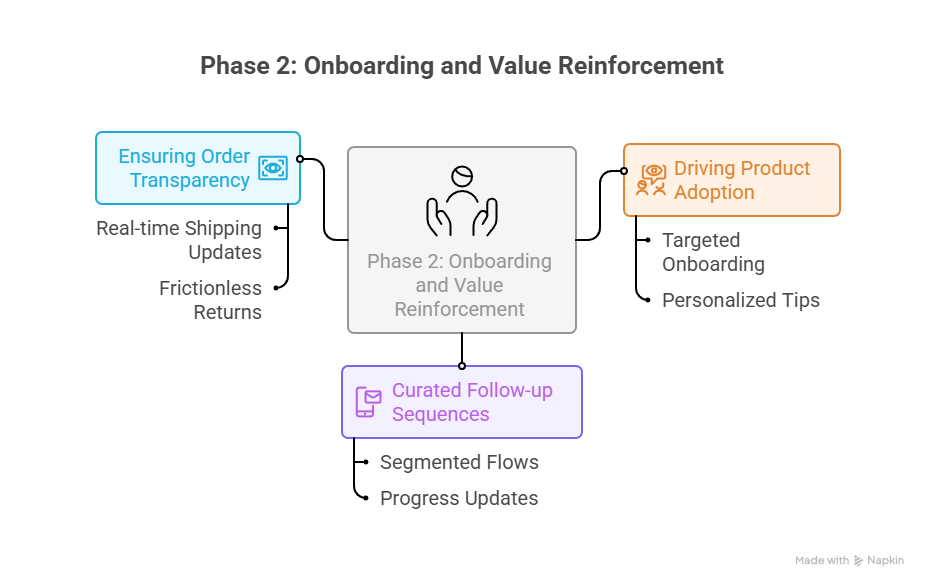
#1 Driving Product Adoption and Success with Targeted Onboarding
86% of customers say that receiving helpful content after a purchase makes them want to stay loyal to a brand. Onboarding gives you a space for that. It lets you show your brand's commitment to helping customers with their purchase.
Give customers simple, clear guides so they can enjoy what they ordered. A quick video, short tutorial, or one-page email can do the job. Just remember to keep it "digestible" (no one has the time to read a 2-page PDF file).
Personalize your tips based on what they bought. Someone ordered a 14-day detox bundle? Send advice on how to pace it. Someone picked a sampler? Offer flavor pairings or prep ideas that make the experience better.
Your customer will get better results and have fewer problems with your item if they know how they use it properly. And what does that mean to your business? Fewer returns, fewer support tickets asking "how do I use this," and a higher chance of repeat business.
#2 Building Follow-up Sequences to Engage with Customers
You need to keep your customers engaged with follow-up sequences. But here's the thing: don't overdo it. Nobody likes getting too many emails (we've all been there). What matters is knowing when to reach out and what to say based on what they actually bought.
Segment your flows based on product type. Let's say you sell resistance bands and personal training plans. New buyers of bands might get a quick-use guide right away and then a check-in email in ten days.
For those who bought a digital plan, send an email three days after purchase with tips on staying consistent. Then follow up two weeks later with a discount on resistance bands that pair well with their training plan.
You can also ask for a quick update, invite them to share progress photos, or give early access to restocks. These check-ins keep consistent communication and help make your one-time buyers into repeat customers.
#3 Making Order Tracking and Returns Easy
Real-time shipping updates can help you with order transparency. Here, you can provide your customers with updates of the current order status (including ready for delivery or any issues), link to your branded tracking page, and provide an accurate estimated delivery date.
Frictionless returns are also something that you have to offer. Many customers prefer handling returns on their own, so give them a self-service returns option. But try to provide customers with more options, like exchanges or store credits.
If someone can swap their product in a few clicks, they'll be encouraged to do so. This approach can also help build customer loyalty because people remember how easy you made it for them to return items.
You can use post-purchase platforms like ParcelPanel to make this process easier for you. It lets you automate tracking updates and set up a branded return page where you can offer flexible return options.
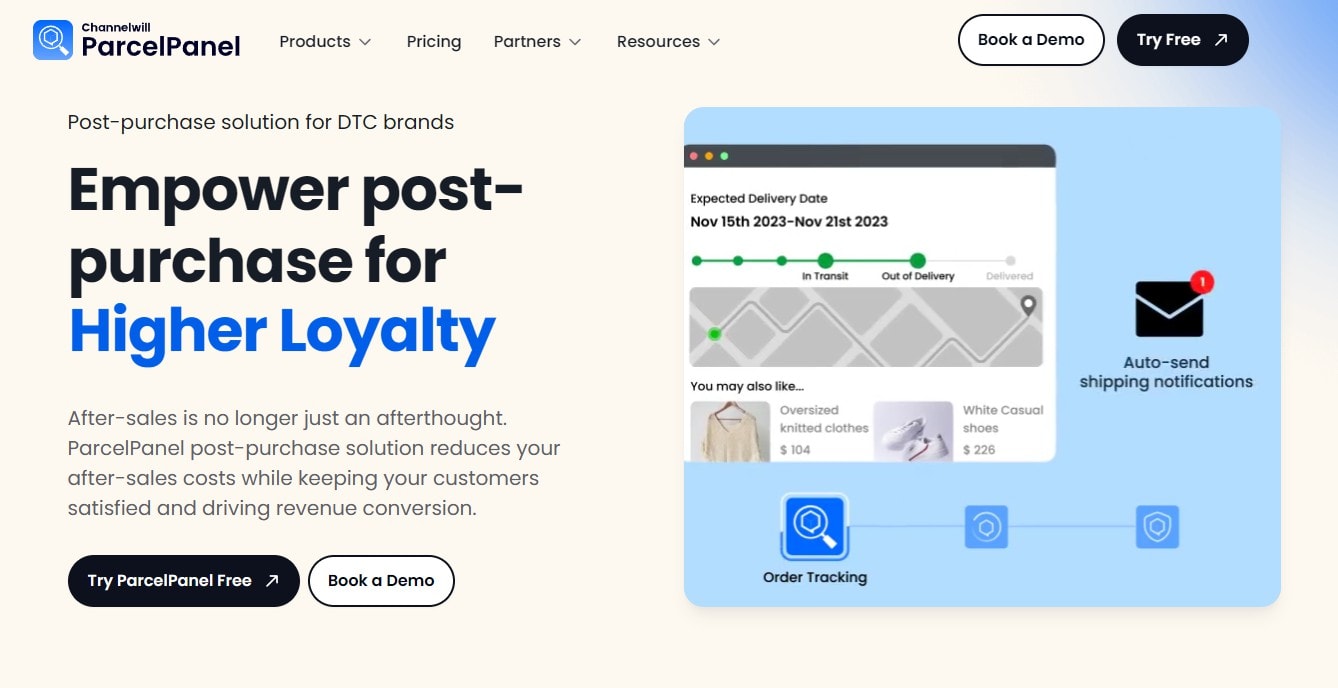
When setting up your tracking and returns pages, don't forget to include easy ways for customers to reach you. Add live chat, email, or phone support directly on your tracking page and confirmation emails. You can also include FAQs for common issues.
Phase 3: Feedback, Advocacy, and Community
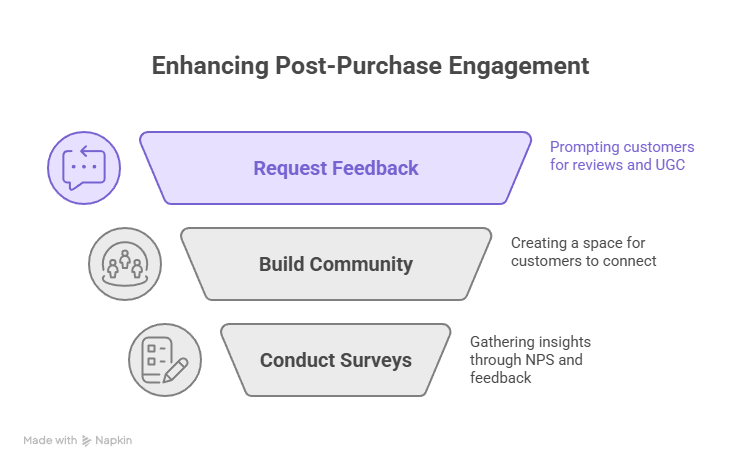
#1 Driving Post-Purchase Behavior with Reviews and UGC
The perfect time to request online reviews actually depends on the product type. But you can check this simple guide below:
| Product Category | When to Send Review Request (after delivery) |
| Food and beverages | 1–2 days |
| Fashion and apparel | 2–5 days |
| Dog and pet products | 3–7 days |
| Skincare products | 10–14 days |
| Health supplements | 21–30 days |
You can also convince them to provide UGC (user-generated content) so your online reviews will be more effective. Ask your customers to provide photos and short videos with the help of prompts. Offer incentives (like 10% off next purchase) if you want to give that extra push to hear about their experience.
Customer feedback is helpful for your business, so you should never skip this post-purchase moment. ResearchGate actually revealed that positive online reviews improve consumer trust and influence purchase decisions.
Read more: Post-Purchase Behavior: How to Influence for High Returns
#2 Building a Strong Post-Purchase Community
Communities have been a great way to maintain post-purchase engagement because of how they focus on 'building real connections' beyond the usual transaction.
You provide your customers with a space where they can connect with others and share their experiences with your products.
Kiyoko Beauty, a cosmetic brand, sets a great example for this. They post content that feels like you're getting makeup advice from your best friend. Its team also shares honest tips and makes it a two-way conversation by asking their customers what worked for them.
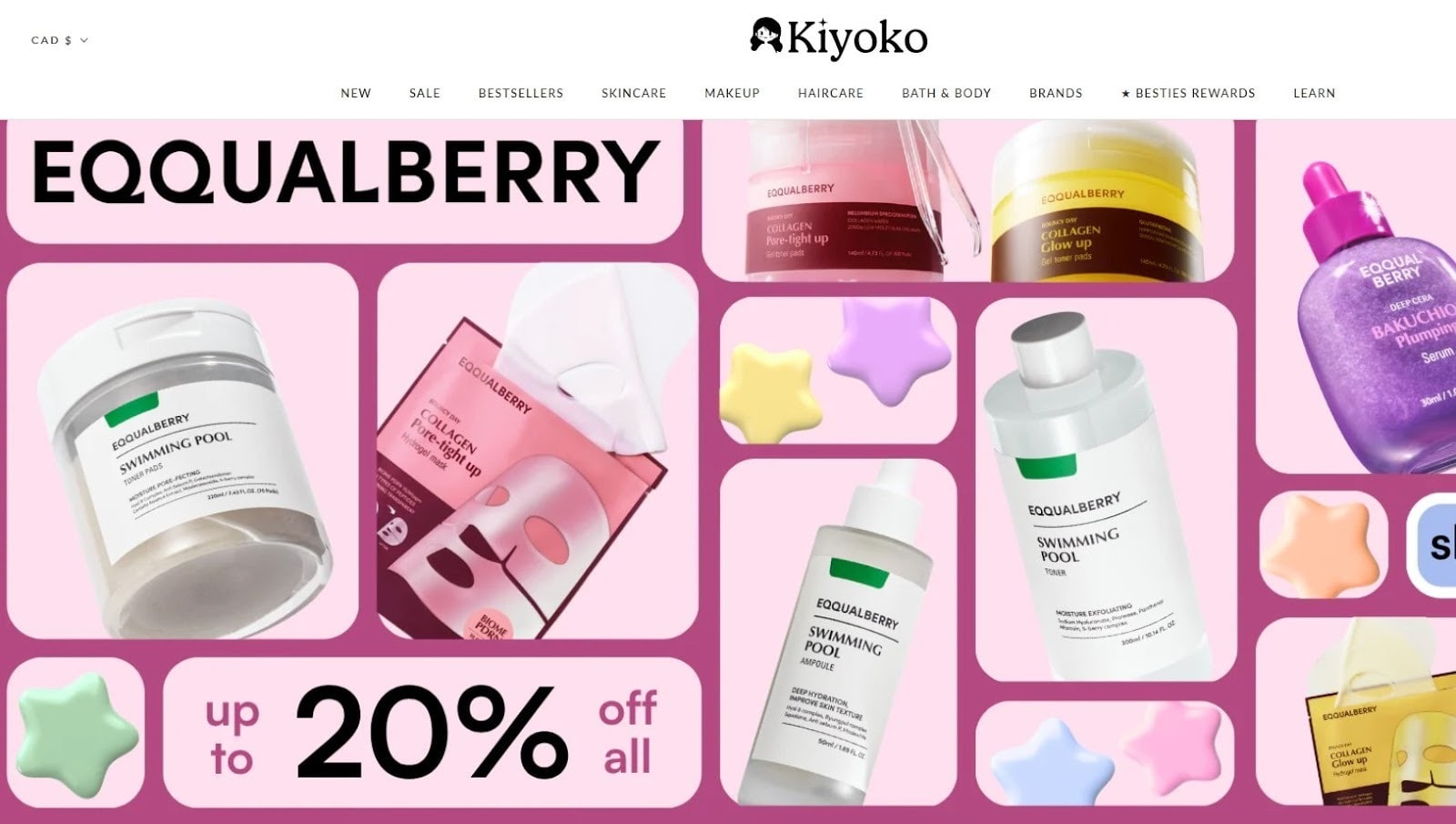
This gets people talking to each other in private groups where they feel comfortable sharing photos and asking questions.
Your community will show you "insights" that formal surveys can't offer. They'll also build a different level of post-purchase experience and encourage customers to recommend your products to new members, and increase future purchases.
Since your customers feel that they belong to a group, they'll share what problems your products solved and what they want to see next.
#3 Collecting Customer Feedback with Surveys and NPS
Let's talk about the original feedback method (sorry, but surveys aren't going anywhere). Feedback surveys and NPS (Net Promoter Score) are still reliable ways of getting your customers' opinions about your post-purchase experience.
Go for simple surveys with 3-5 questions max. If you want to use NPS, create a direct question like "How likely are you to recommend us to a friend?" Then add a 0-10 scale.
The feedback you'll get here isn't a decoration. Reach out to the customers who provide you a score below 7 to ask more details about their experience. Remember to stay calm and actually listen to what they tell you. Sometimes, offering a discount, store credit, or replacement helps switch their negative experience into a positive one.
For customers who gave you an 8-10 score, encourage them to leave a public review or offer you a social media shout-out. Do your best to keep them, as they can be your brand advocates.
Phase 4: Customer Loyalty and Repeat Sales

#1 Designing Effective Loyalty Program Emails and Offers
Loyalty program emails work when members can see where they stand without hunting for the information. They open the email, see their points, and see what they can get. Simple as that.
Put the point balance at the top. Then show what rewards are available and how close they are to snagging one. Say someone has 850 points and needs 1,000 for a $15 discount. Just write "150 points away from your next reward" (so there's no math solving required on their end).
Tiered systems are the most popular and effective loyalty structure because they give people something to work toward beyond collecting points. You can assign 1 point per dollar for Bronze members. Silver could bump that up to 1.5 points, and they get to see new products early. Gold gets 2 points, free shipping, and a birthday discount.
When your customer sees they're close to Silver, they start thinking about what else they need anyway. Might as well order it now to hit that level, right?
These programs work pretty well. Capital One found that 52% of customers spend more when they're in a loyalty program. Sometimes they buy to earn more points or hit the next tier; other times it's because points are about to expire.
One great trick to keep people engaged is sending reminders about expiring points or member-only sales.
#2 Using Personalized Product Recommendations for Repeat Purchases
How do you decide what to recommend to customers after their first purchase?
Product recommendations based on purchase history may come off as genuine suggestions. Since they are relevant to what your customers already bought, they don't feel like random promotions.
Cross-selling works well here because you can already tell what they might need next. Someone ordered running shoes? They probably need socks or insoles. They bought a starter skincare set? Suggest the full-size version of the product they're running low on.
Personalized product emails encourage repeat purchases better than mass emails pushing your latest sale. Customers respond when the offer matches their actual needs (not just whatever you're trying to move that week).
#3 Re-engaging Inactive Customers
Win-back campaigns are for your customers who haven't bought anything from your store in a while. You create this campaign to remind your customers that you still exist and encourage them to break their "inactive" streak and buy from you again.
You need to decide when you will consider a customer as "lapsed." Is it after 60, 90, or 120 days of no purchase? Once you have the timeframe, it's time to set up your automated messages. Create a trigger that will send them at the right moment.
If you want to improve your conversion, your offer should be specific and worth it. Use a subject line like: "Here's 20% off the product you bought last time" and not "We miss you, please come back" (it doesn't sound good). Do this once or twice, but try to package it differently so they won't think it's just a resend message.
Your third email will be your final attempt. If you don't get any response on the first two, it's time to add some urgency. Let them know this is your last email and throw in your best offer (plus a deadline).
Conclusion: Sustaining Long-Term Engagement
You've now got a complete post-purchase strategy to work with (nice!).
The next step is to pick which phase to start with. It can be on the transactional engagement, onboarding, review request, or loyalty strategy. Focus on whichever part of your customer experience feels weakest right now... and once that's good, you can move on to the next post-purchase stage.
If you're ready to improve your customer engagement after checkout and build a lasting impression, check out ParcelPanel. Our app can help you send real-time updates, provide better returns and exchanges, and keep your customers involved in the whole post-purchase journey.
FAQs on Post-Purchase Engagement
What is the post-purchase process?
The post-purchase process is everything that happens after your customer buys from your store. It covers order confirmations, shipping updates, customer support, follow-up emails, and even collecting online reviews. Your goal here is to make this part of the customer journey smooth to reduce returns and build a good relationship with your buyers.
What is a post-purchase transaction?
A post-purchase transaction is any "exchange" between you and your customer... after their initial payment. Some of the best examples are refunds, store credits, exchanges, or working on additional charges (like shipping costs) when an order gets messed up.
What is a POS strategy?
A POS (Point of Sale) strategy is an in-store method where you encourage more sales right at the checkout counter. You can do this by placing impulse items near the register, offering special deals at checkout, or training your staff to suggest "add-ons" before the customer pays.
What is an example of a post-purchase behavior?
One common example of customers' post-purchase behavior is when they leave a review after receiving their order. Other popular ones include placing another order, returning an item, or reaching out to your support team.
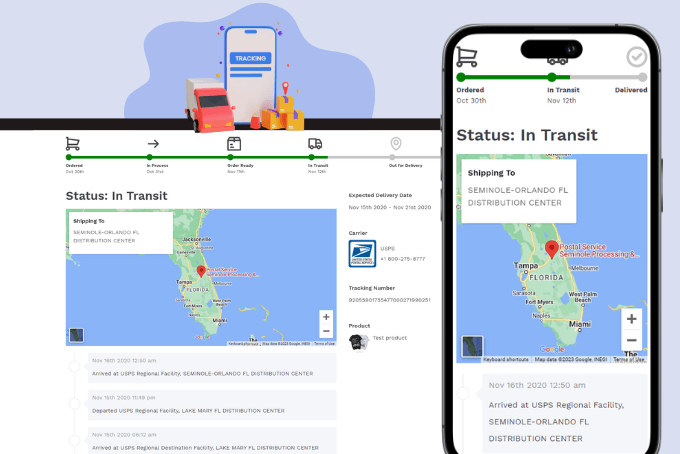
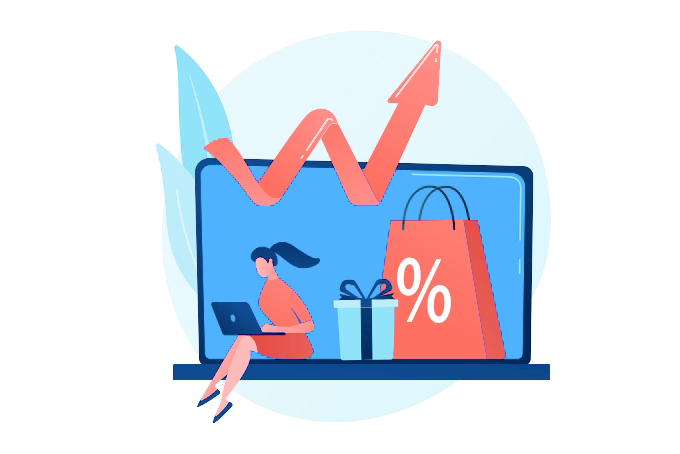
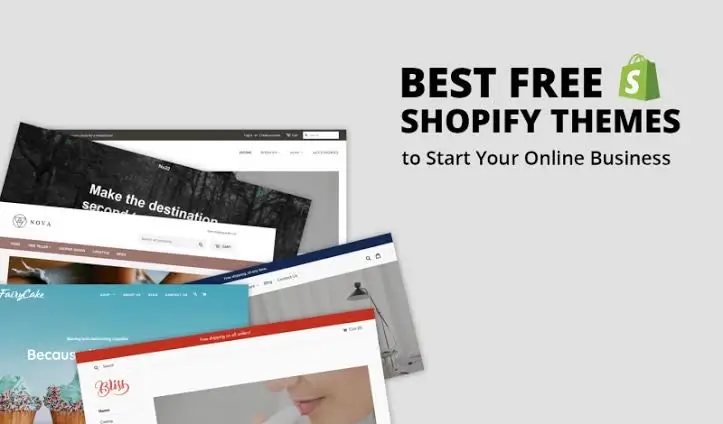
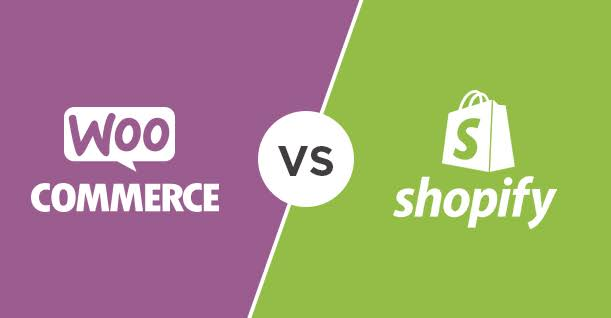



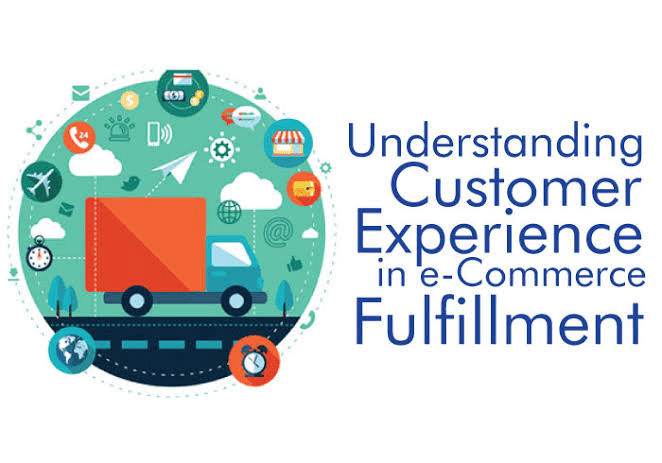

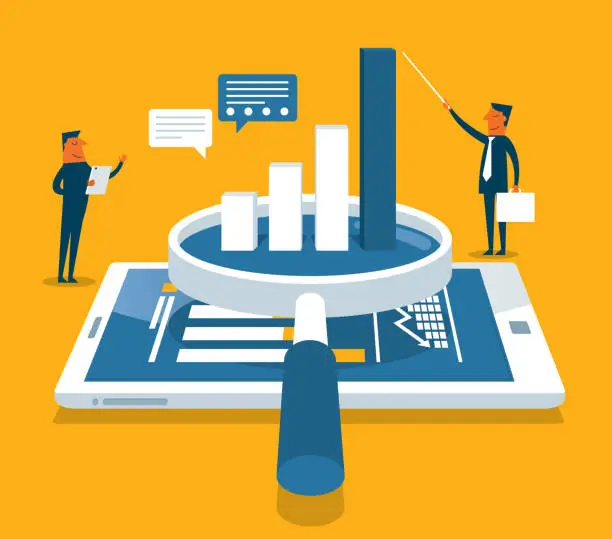
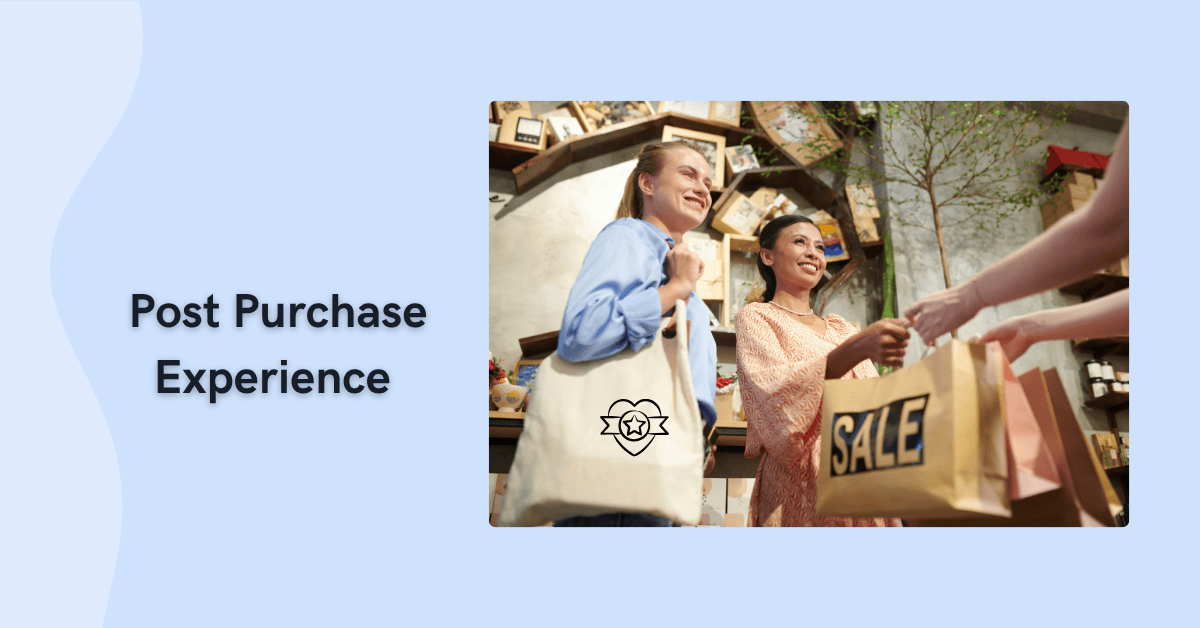
![Top 10 Narvar Alternatives & Competitors [2025]](https://blog.parcelpanel.com/wp-content/uploads/2025/10/AfterShip-Altenatives-6.png)
![Top 10 Corso Alternatives & Competitors [2025]](https://blog.parcelpanel.com/wp-content/uploads/2025/10/AfterShip-Altenatives-5.png)
















